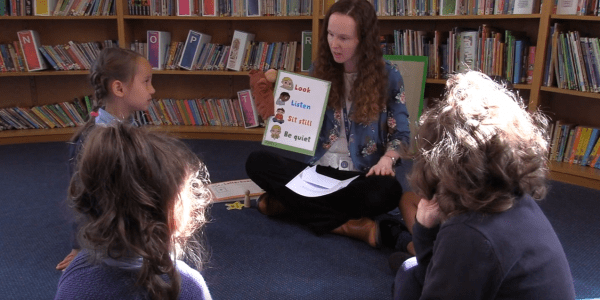
17/05/11
2 min read
Congratulations to Stephanie Tudgey and Sam Hillman who won silver medals at the International Sustainable World Energy Engineering Environment Project Olympiad (I-SWEEEP) in Texas on 8 May.
Stephanie and Sam were awarded the prizes for their Science Bursary projects. They each won $600 financial support for their studies and fully funded scholarship invitations for four years of study in a US university. They won their places by presenting at Exscitec Science Fair at Imperial College London last year.
Stephanie, from Farnborough in Hampshire, undertook her Science Bursary placement at QinetiQ, where she spent several weeks identifying macro moths on Eelmoor Marsh, a designated Site of Special Scientific Interest. She entered the Environment category of I-SWEEEP.
Brockenhurst College student Sam won his medal in the Engineering category. He researched low energy electronics for his placement at the National Physical Laboratory. In addition to his medal, Sam won a special award for Engineering Excellence and received a certificate of commendation from from the University of Houston Urban Network for Science Technology, Engineering and Maths.
Sam and Stephanie were awared their medals following presentation of their projects and interviews with eight academic judges. They were also able to visit NASA at the Johnson Space Centre, as well as the Houston Museum of Natural History.
Stephanie on her project:
“My environmental project examined the biodiversity of moth species on a Site of Special Scientific Interest. I used an environmental sampling method of light trapping to catch moths and used the data to calculate the Simpson’s Diversity Index. The data were collected from two different moth traps, one on wet heathland the other on dry heathland, to allow comparisons of richness, abundance and diversity within birds and small mammals and also act as pollinators for flowers.
“Moths are a significant indicator species. Trends in data can be analysed to gauge the stability of an ecosystem, this is a useful technique when assessing potential changes in ecosystem stability over time, especially when taking into account the anthropogenic degradation of fragile heathland communities”
Sam on his project:
“NanoSQUIDs are an exercise in nanoscale electrical engineering, although the use of material science also features heavily. The project focuses on the optimisation of a system which uses a new type of SQUID to measure and detect magnetic nanoparticles. According to the National Physical Laboratory (NPL) in the UK, these nanoSQUIDs are “the most sensitive instruments for measuring anything”, and the eventual aim is to be able to detect single electron spin-flips.
“Uses of nanoSQUIDs include biological (medical) labeling, deep space exploration, new microscopy techniques, photon and macromolecule detection for use in synchrotrons, quantum metrology and nanoelectronics. The most exciting future use will be as “qubits” in quantum computers, leading to a new generation of miniaturized supercomputers which are millions of times faster and more efficient than the classical computers of the present day.”
















































